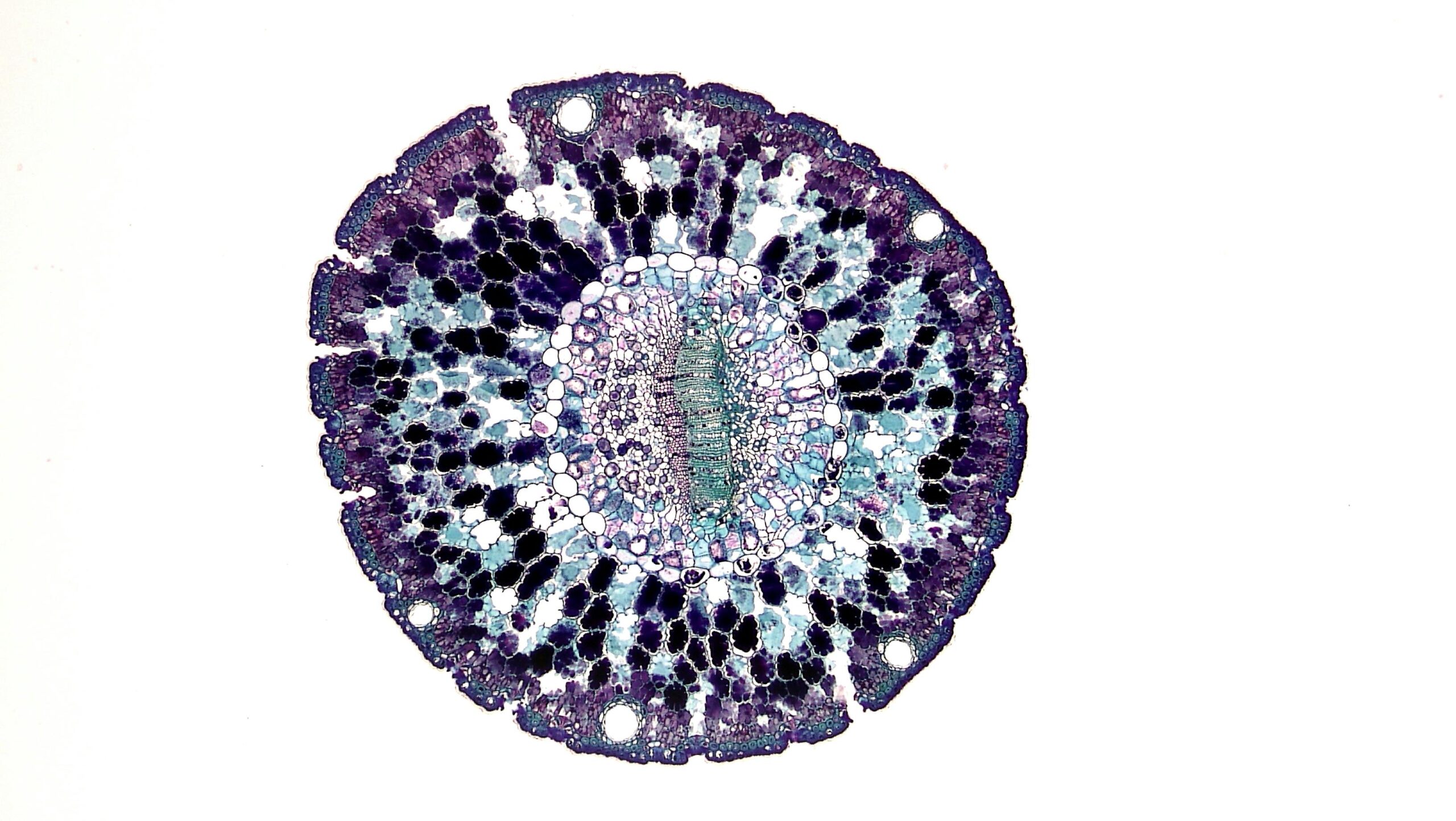For decades, the link between a baby’s first-year antibiotics and a lifetime of allergies and asthma has been a nagging mystery for parents and doctors alike. Now, groundbreaking research is finally putting the pieces together, revealing a clear and unsettling chain of events that begins in the gut and can lead to a lifetime of struggle with respiratory issues. A new study, published in the Journal of Allergy and Clinical Immunology, identifies a specific, step-by-step process that explains how disrupting a newborn’s gut bacteria can permanently alter the body’s immune system, setting the stage for chronic allergic disease in adulthood. This isn’t just another study; it’s a window into a hidden conversation happening within our bodies that could change how we approach childhood medicine and allergies forever.
How Gut Health Influences Allergies
At the heart of this research is the gut microbiome, the vast community of bacteria that lives in our intestines and plays a crucial role in shaping our immune system. Researchers from the University of British Columbia sought to understand the specific cellular reasons why upsetting this ecosystem could make a person more likely to develop allergic lung diseases.
To mimic the effect of early antibiotic use, the scientists gave mice low-dose vancomycin in their drinking water from birth. This selectively depleted the bacteria responsible for producing short-chain fatty acids (SCFAs), which are crucial chemical messengers that help regulate the immune system. With fewer SCFAs, the mice’s guts developed an imbalance, a condition known as dysbiosis. The results were startling: the mice with dysbiosis had twice the number of a specific type of immune cell in their lungs.
These cells, called Group 2 Innate Lymphoid Cells (ILC2s), act like sentinels, ready to kick-start an immune response. In the mice with imbalanced gut bacteria, these ILC2s were “primed,” meaning they were on high alert and ready to produce inflammatory signals, even without any allergic trigger.
The Allergic Cascade
The primed ILC2s were only the first domino to fall. The researchers discovered that when the dysbiotic mice were exposed to an inflammatory substance, their ILC2s began to produce another signal called IL-4. This was a key finding, as IL-4 is known to activate a different type of immune cell to produce Immunoglobulin E (IgE). IgE is the antibody most famously associated with allergic reactions. As IgE levels rose, it triggered the expansion of other immune cells, called mast cells and basophils, which are responsible for releasing the chemicals that cause the classic symptoms of allergies, such as sneezing and itching.
The results of the study show a clear and well-defined pathway from early-life antibiotic use to a long-term allergic state. The study also offers a glimmer of hope. By giving the mice a dietary SCFA supplement, the researchers were able to completely reverse the enhanced inflammatory response. The research demonstrates that the key to preventing the allergic cascade is the SCFA compounds themselves, not necessarily the specific gut bacteria that produce them.
A Critical Window for Prevention
A key takeaway from this research is the concept of a “window of opportunity.” The authors note that the gut microbiome’s influence on the immune system is most significant during a critical period after birth. In humans, this timeframe is the first 100 days of postnatal life. The findings underscore the importance of early intervention, suggesting that once this narrow window closes, the body’s immune system may be permanently tipped toward an allergic state. However, another crucial finding from the study is that now that researchers know the specific steps in this pathway, they have many more potential targets for treatments. For example, they can now potentially target specific cell types, such as ILC2s, to stop the cascade even if that early window has closed.
This research provides a powerful argument for the careful use of antibiotics in early life and opens the door to new interventions that could prevent allergic disease from taking hold, rather than just managing symptoms for a lifetime.
Paper Summary
Methodology
The study used a mouse model to investigate the effects of early-life gut microbiome disruption. Mice were given low-dose vancomycin to deplete gut bacteria that produce short-chain fatty acids (SCFAs). The researchers then analyzed the immune cells in the mice’s lungs. The sample size for experiments was 3-8 mice per group.
Results
Early-life antibiotic use led to a two-fold increase in lung Group 2 Innate Lymphoid Cells (ILC2s) in mice, which were in a primed state. This led to a cascade of events, including increased IgE levels and the expansion of mast cells and basophils, which are key drivers of allergic inflammation. The study found that supplementing with SCFAs could reverse these effects.
Limitations
The study was conducted on mice, and the findings may not directly translate to humans. The specific cellular mechanisms were demonstrated in the mouse model.
Funding and Disclosures
The research was conducted at the University of British Columbia and was published by the American Academy of Allergy, Asthma & Immunology. The authors have no conflicts of interest to disclose.
Publication Information
The paper is titled “Microbial intestinal dysbiosis drives long-term allergic susceptibility by sculpting an ILC2-B1 cell-innate IgE axis.” It was authored by Ahmed Kabil et al. and was published in the J Allergy Clin Immunol 2024;154:1260-76.












